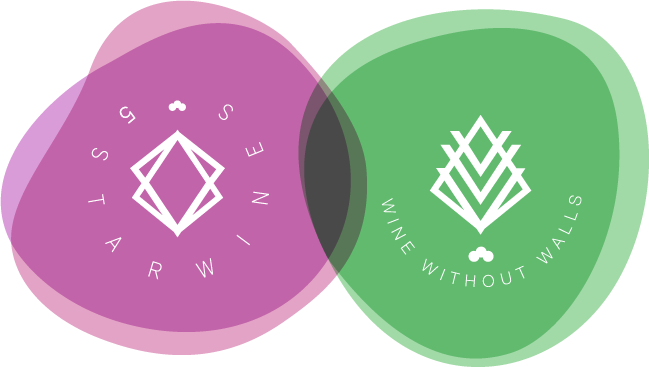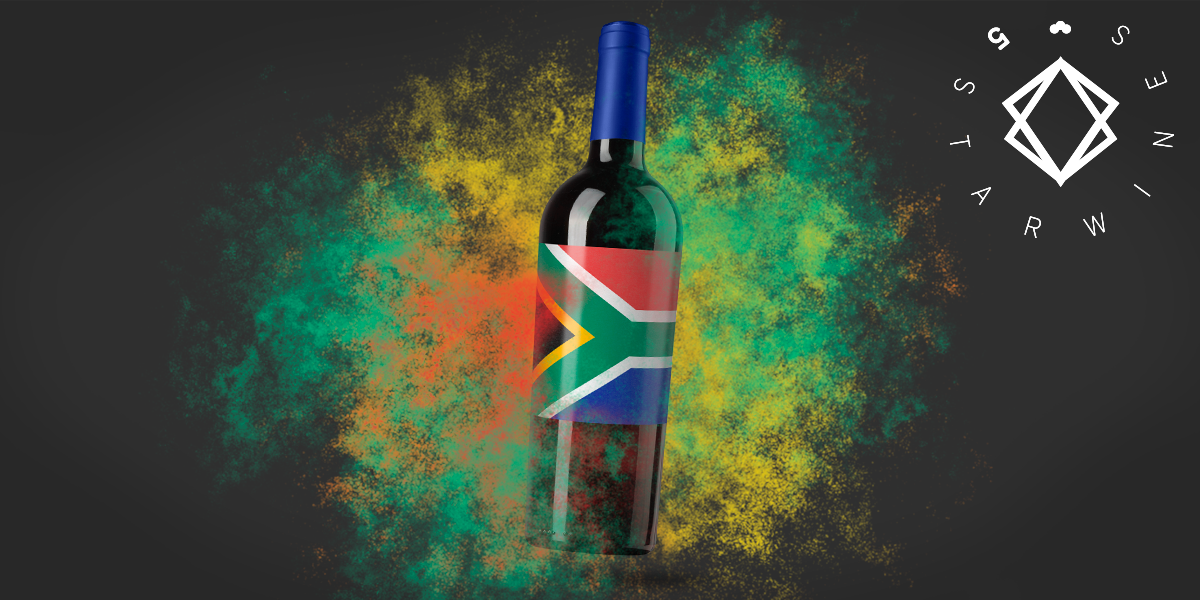Importing Italian wine into South Africa (SA) might seem daunting since it is a prolific wine-producing nation in its own right. Breaking ground in this market takes effort, creativity and smart planning. To understand which wines would do well, and which are the demographics to target, one should first analyze the domestic market.
Domestic wine market situation in South Africa
SA’s domestic wine market situation is quite dynamic in general. SA grows a vast amount of grapes and makes interesting wines; moreover, it has a robust export industry. According to Forbes, the local wine grape acreage of approximately 235,000 acres (95,000 hectares) is more or less equivalent to 40% of the wine grape coverage in California.
SA’s vineyard is generally based on international trends and export demands. Statistics show how white grape varieties constitute 55.2% of the total acreage, with the popular Chenin Blanc representing the 18.6%. Red-wine varieties account for 44.8% of the national vineyard: Cabernet Sauvignon is the most popular red grape, making up 11.0% of the total. Shiraz comes in second with 10.3%, while Merlot accounts for 5.8%. Finally, the indigenous South African grape Pinotage (a cross between Pinot Noir and Cinsault) represents the 7.4%.
In terms of global wine production, SA ranks as 10th in overall volume production, accounting for 3.4% of the world’s wine (2018).
But what about Italian producers who are thinking about importing their wines into SA? How do international wines fare within the South African market?
Main issues for Italian wine import in South Africa
SA imports quite a bit of wine from Italy, according to a 2017 WESGRO report. France is the top import market, followed by Italy and Portugal. SA and Europe also enjoy a free trade agreement concerning organic products: since the organic wine industry is currently thriving in Italy, this is a category that producers can take advantage of.
The major issues concerning domestic wine production in SA are those derived from economic growth and spending. Consumers’ behavior concerns those who might be interested in importing wines into the country as well, since there has been a slight slowing-down of economic growth, with consumers spending less on wines over the past few years.
Another issue that might affect Italian importers would be the ever-increasing regulations on branding, as well as those on marketing restrictions on alcoholic products. SA’s legislation is currently quite strict on this matter, giving producers a hard time in distributing their name and limiting the ways they might go about selling their wines.
The advantages Italian wine importers might consider
The question that Italian importers would certainly ask is: how much demand is there for Italian wine in the SA market? The answer can be gleaned by looking at alcohol consumption statistics. Domestically, South Africans drink more beer and wine than the other alcoholic beverages (WHO), with beer (56%) representing the most popular choice (wine accounts “only” for 18%).
In terms of demographics, it seems that males consume more beer than females (34%, four times more than their conunterpart), and this percentage has remained quite consistent over the past 12 years. The prevalence of spirits being consumed amongst males is about twice that of females.
As for wine, the prevalence of consumption amongst males is only marginally higher than the one amongst females. This is the only sub-category where female prevalence is higher than males, and in this category females overtake males, specifically in the sparkling wine/champagne (8% vs. 7%) section. This tells us that there is a market for Italian sparkling wines such as Prosecco and Northern Italy Metodo Classico (Franciacorta, Trentodoc).
Italian wine grapes in South Africa
When it comes to Italian-style wines in SA, it seems that Italian grapes are quite popular. Even though Italian varieties make up a very small segment (under 1%) of South African vineyard, they are always in demand, since about 30 Cape cellars have at least one Italian variety in their portfolio. These data should be taken as a positive sign for Italian importers who want to appeal to the South African market: it seems that they would find a wide fan-base for this genre.
Taking these data into account, it would seem that there is a market for Italian wines in SA, and that some types such as Prosecco might be easier to sell to consumers. Perhaps it might take a little more effort in terms of marketing, but there is room to grow!
Want to read more articles just like this one?
Get our tips sent straight to your inbox: subscribe to 5StarWines’ newsletter!
[yikes-mailchimp form=”2″]

